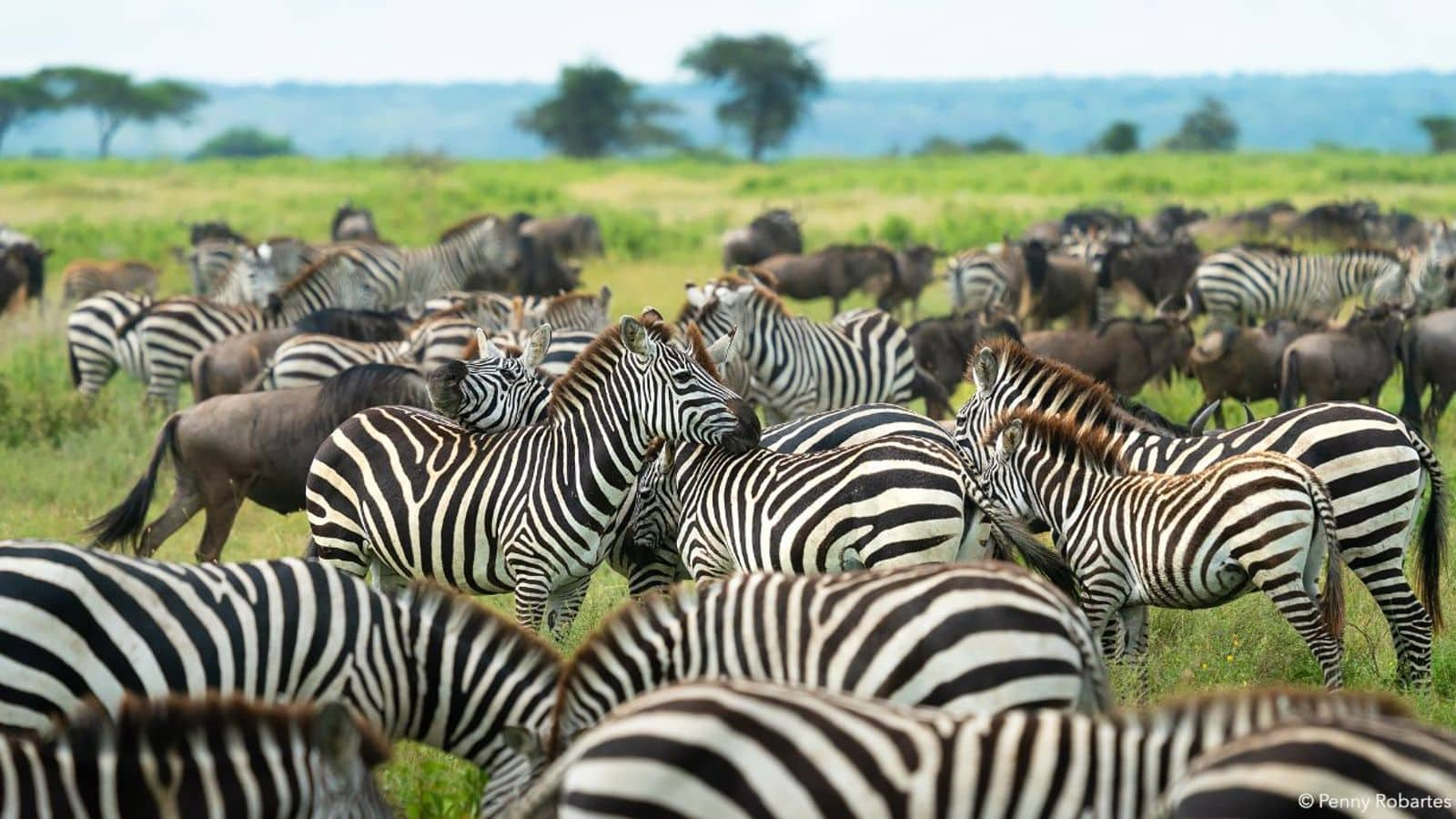
Serengeti safari: A Tanzanian wildlife photography adventure
What's the story
The Serengeti in Tanzania is a vast ecosystem known for its annual migration of over two million wildebeest, zebras, and gazelles. This natural wonder provides an unparalleled opportunity for wildlife photography. The landscape varies from open grasslands to riverine forests, making it a habitat for an impressive array of animals including the Big Five: lions, leopards, elephants, buffalo, and rhinoceros.
Timing
Plan your safari timing wisely
To capture the Great Migration in full swing, aim to visit between June and September when the herds are moving north. For those interested in predator action, this period offers the best chances as predators follow the migrating herds. Alternatively, visiting during the calving season in late January to February presents unique opportunities to photograph newborn animals and their interactions with their environment.
Safari options
Choose your safari type
There are various safari options available ranging from budget camping tours to luxury lodges. Mobile camps that move with the migration can offer an immersive experience. For photographers keen on capturing specific scenes or animals, customized private safaris with experienced guides who understand photographers' needs can be invaluable. Consider your comfort level and what you want out of your safari experience when choosing.
Gear tips
Essential gear for wildlife photography
A successful wildlife photography safari hinges on having the right equipment. A DSLR or mirrorless camera with a telephoto lens (at least 300mm) is essential for capturing distant subjects. Bring extra batteries and memory cards due to limited charging facilities in remote areas. A sturdy tripod or monopod can also help stabilize your shots during long waits for the perfect moment.
Conservation ethics
Respect wildlife and environment
While capturing breathtaking images is a priority, respecting wildlife and their habitats is paramount. Always maintain a safe distance from animals to avoid distressing them. Follow your guide's instructions closely; they are trained to interpret animal behavior and ensure both your safety and that of the wildlife. Remember that preserving these magnificent landscapes for future generations is as important as getting that perfect shot.